East Caicos Wilderness Area
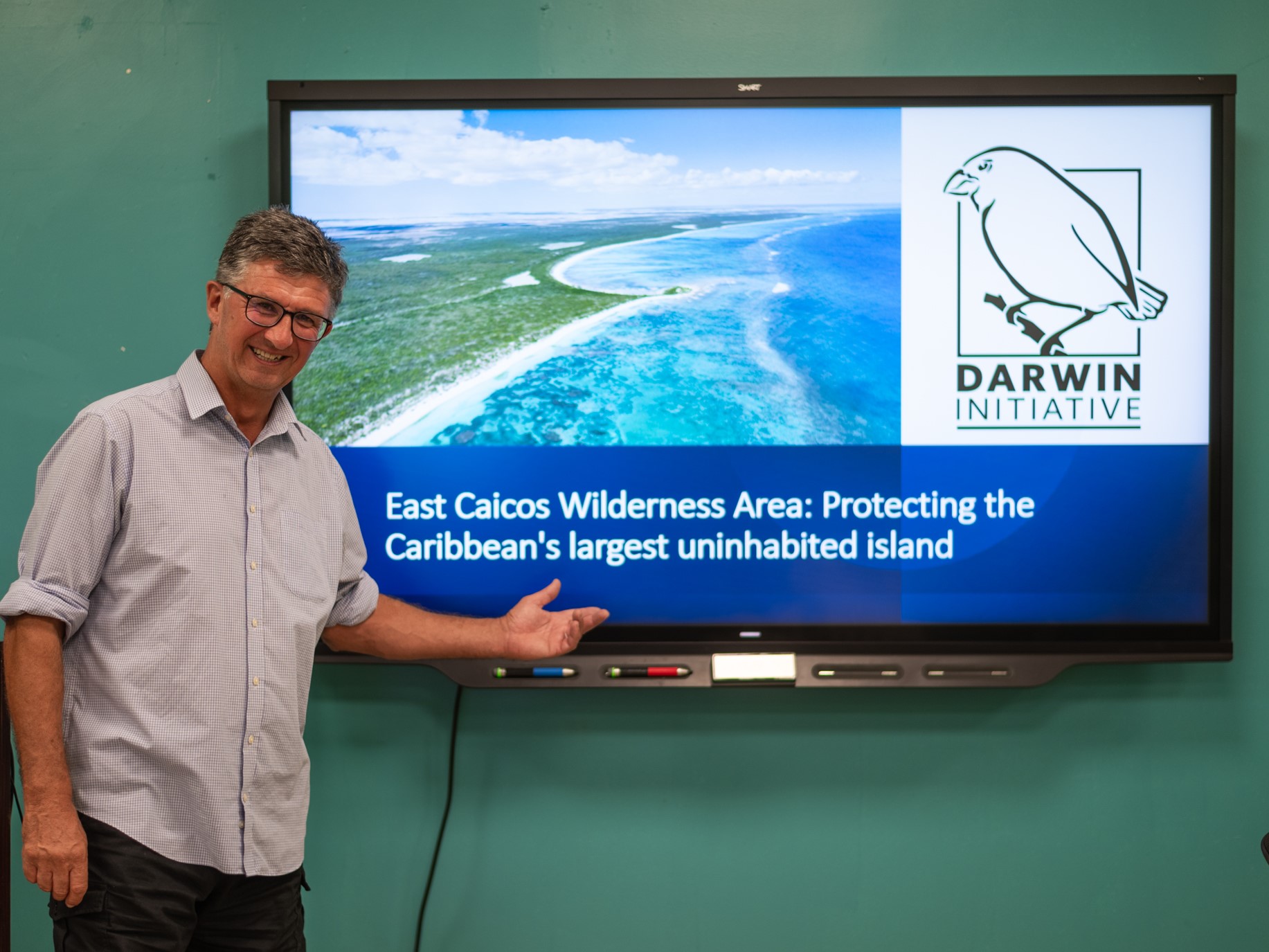
Turks and Caicos Islands. Credit - Christel Mohammed.
Preserving paradise: Empowering East Caicos through locally-led conservation and sustainable development
What does a group of tour guides and teachers gathering for a week-long course on ‘how to be a birdwatching guide’ have to do with protecting the largest remaining wilderness in Turks and Caicos?
East Caicos is currently uninhabited but has a deep human history. The ruins of several old plantations attest to its colonisation and subsequent abandonment due to difficulties of access and the harshness of the local environment. Attempts to grow commercial crops continued unsuccessfully into the 1970s, though the island has always remained a source of sustenance for Turks and Caicos Islanders.
As an intact ‘ridge-to-reef’ system encompassing circa 40 square miles of tropical dry habitats and associated wetlands, surrounded by seagrass beds and shielded by the third largest barrier reef in the world, East Caicos is bound to come to the attention of conservationists. Indeed, a large part of it is a Ramsar site which has recently been extended by the Turks and Caicos Islands Government’s Department of Environment and Coastal Resources.
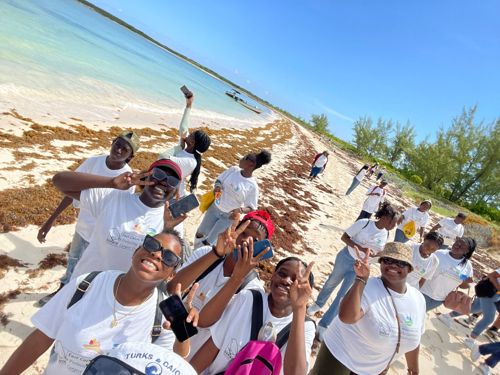
Though intact, East Caicos is not pristine. There has been a significant degree of human influence, the full impact of which we do not yet fully understand. The vegetation that remains will be in large part secondary, much of which will have been harvested for building materials and fuel. The obvious signs of human influence are the herds of feral donkeys and the population of rats and feral cats which have led to the loss of the endemic Turks and Caicos Rock Iguana (Cyclura carinata) from the island, whilst at the back edge of miles of beach, Australian pine (Casuarina equisetifolia) is established and spreading.
Viewed as an empty island, full development for economic purposes is one of the possible futures for East Caicos. Industrial scale projects previously proposed include a transhipment seaport which would have necessitated creating a significant hole through the barrier reef. The economic future surely lies less with industry and more with tourism. This Darwin Plus project aims to ‘steer the narrative’ around this island by tapping into local community voices and stories.
Turks and Caicos is the second most tourist-dependent economy in the world. Increasing development of this industry and services to support it has led to rapid urbanisation of the island of Providenciales. It is the potential loss of culture, heritage, and thus identity, that these massive economic, physical, and social changes bring about that lies at the root of what we are trying to achieve through this project. Smaller rural and fishing communities on islands other than Providenciales have not benefitted fully from the tourism boom that takes place, but nor have they been as adversely affected. How can they benefit whilst preserving the very features that make them different and attractive places for both residents and visitors, and all this in an ever more homogenised world?
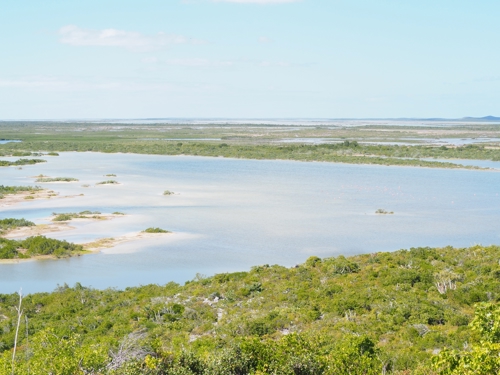
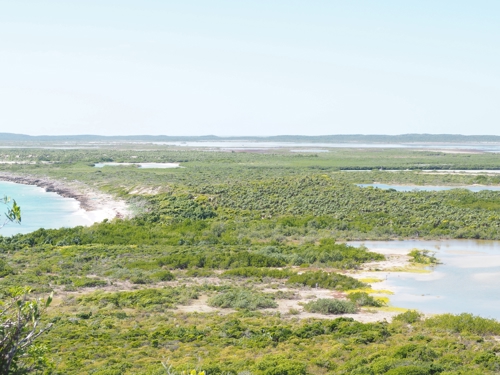
Led by the local National Trust, and supported by RSPB and the Marine Conservation Society (MCS), the project aims to give voice to those communities and other stakeholders, so that they can influence the debate. The argument is that East Caicos is both a repository of TCI’s culture, heritage, and history, and an asset for its young people. Island restoration, biosecurity, protected area management, and jobs in nature-based tourism offer an alternative future for East Caicos: one that preserves the past and presents a meaningful future where historic knowledge and skills are used in new ways to provide independent livelihoods.
There are two strands to this. Firstly, the development of East Caicos as a Community Conservation Area (CCA) lodged with the International Union for Conservation of Nature (IUCN). CCAs are not necessarily protected areas, but they are voluntarily conserved by local communities and thus have significant local legitimacy, in a way that sometimes official Government declared protected areas do not. The project is developing a management plan and a governance structure from within the neighbouring communities. It also aims to develop and emphasise an appreciation of East Caicos the place, and its importance to the country’s heritage and people, building an understanding of the opportunities it offers. The island is a difficult place to access, one shore exposed to the Atlantic and the other accessed through a mosaic of shallow wetlands. The project has already allowed over 70 students from local communities to visit, building knowledge and support with a younger generation. Further visits will follow. Social media channels are reaching out, and conversations being generated. New ideas for the future of East Caicos are emerging – including it being submitted for consideration as a World Heritage Site. The narrative is changing.
So, what of that birdwatching course?
Birds Caribbean is a non-profit organisation, dedicated to conserving the Caribbean’s birdlife and empowering people to do so. Its staff and trainers carried out a five-day training course on Providenciales as part of the Darwin Plus project. Over 25 local people were trained on how to identify and watch birds and how to guide birdwatching visitors. This is the second strand of the East Caicos project: to develop local nature-based skills and business opportunities that can take the historic skills and knowledge that lie in local communities and re-apply them in a modern context. The draws to East Caicos are many: hiking, camping, caving, cave-diving, bush medicine, archaeological discovery. In future, jobs in biosecurity and ecological restoration, site management, and biological science may be further reasons to visit. Bird watching is simply the most obvious activity to begin with – one with a significant, growing global market and that is just emerging in TCI. At the end of the week, over 20 more passionate advocates for a different future for East Caicos left the training room.
Written by Simon Busuttil. For more information on this Darwin Plus Main project DPLUS181, led by the Royal Society for the Protection of Birds (RSPB), please click here.
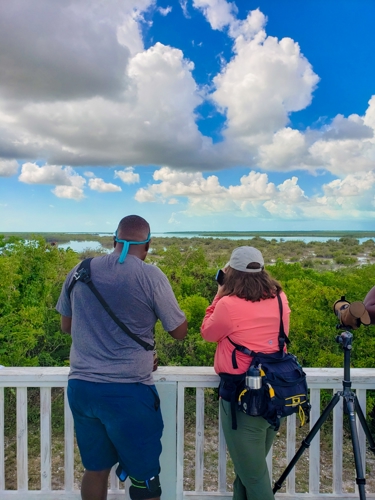

 Back
Back